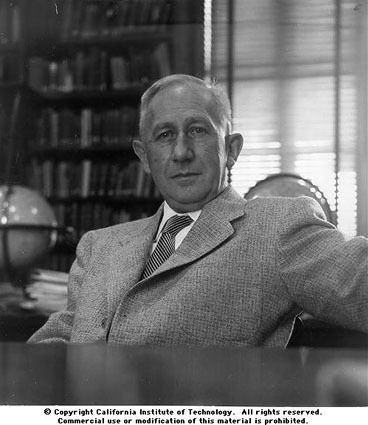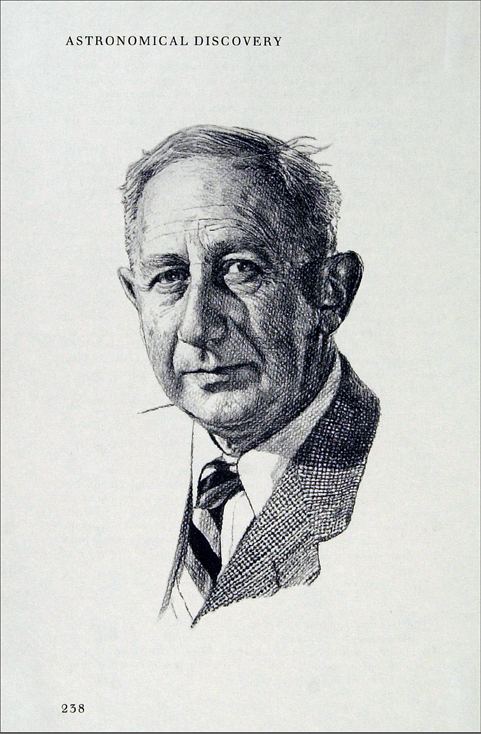Citizenship German Role Astronomer Name Walter Baade | Nationality German | |
 | ||
Alma mater University of Gottingen Doctoral students Halton ArpAllan Sandage Died June 25, 1960, Gottingen, Germany Books Evolution of stars and galaxies Similar People | ||
Education University of Gottingen | ||
C u da semana ep 264 walter baade e as supernovas 30 11 a 6 12 2015
Wilhelm Heinrich Walter Baade (March 24, 1893 – June 25, 1960) was a German astronomer who worked in the United States from 1931 to 1959.
Contents
- C u da semana ep 264 walter baade e as supernovas 30 11 a 6 12 2015
- Teach Astronomy Neutron Star
- Biography
- Honors
- References

Teach Astronomy - Neutron Star
Biography

After receiving his PhD in 1919, Baade worked at Hamburg Observatory at Bergedorf from 1919 to 1931. There in 1920 he discovered 944 Hidalgo, the first of a class of minor planets now called Centaurs which cross the orbits of giant planets.

He worked at Mount Wilson Observatory from 1931 to 1958. There, during World War II, he took advantage of wartime blackout conditions (which reduced light pollution), to resolve stars in the center of the Andromeda galaxy for the first time. These observations led him to define distinct "populations" for stars (Population I and Population II). The same observations led him to discover that there are two types of Cepheid variable stars. Using this discovery he recalculated the size of the known universe, doubling the previous calculation made by Hubble in 1929. He announced this finding to considerable astonishment at the 1952 meeting of the International Astronomical Union in Rome.
Together with Fritz Zwicky, he identified supernovae as a new category of astronomical objects. Zwicky and he also proposed the existence of neutron stars, and proposed that supernovae could create neutron stars.
Beginning in 1952 he and Rudolph Minkowski identified the optical counterparts of various radio sources, including Cygnus A. He discovered 10 asteroids, including 944 Hidalgo (long orbital period) and the Apollo-class asteroid 1566 Icarus (the perihelion of which is closer than that of Mercury) and the Amor asteroid 1036 Ganymed.
Honors
Awards
Named after him
